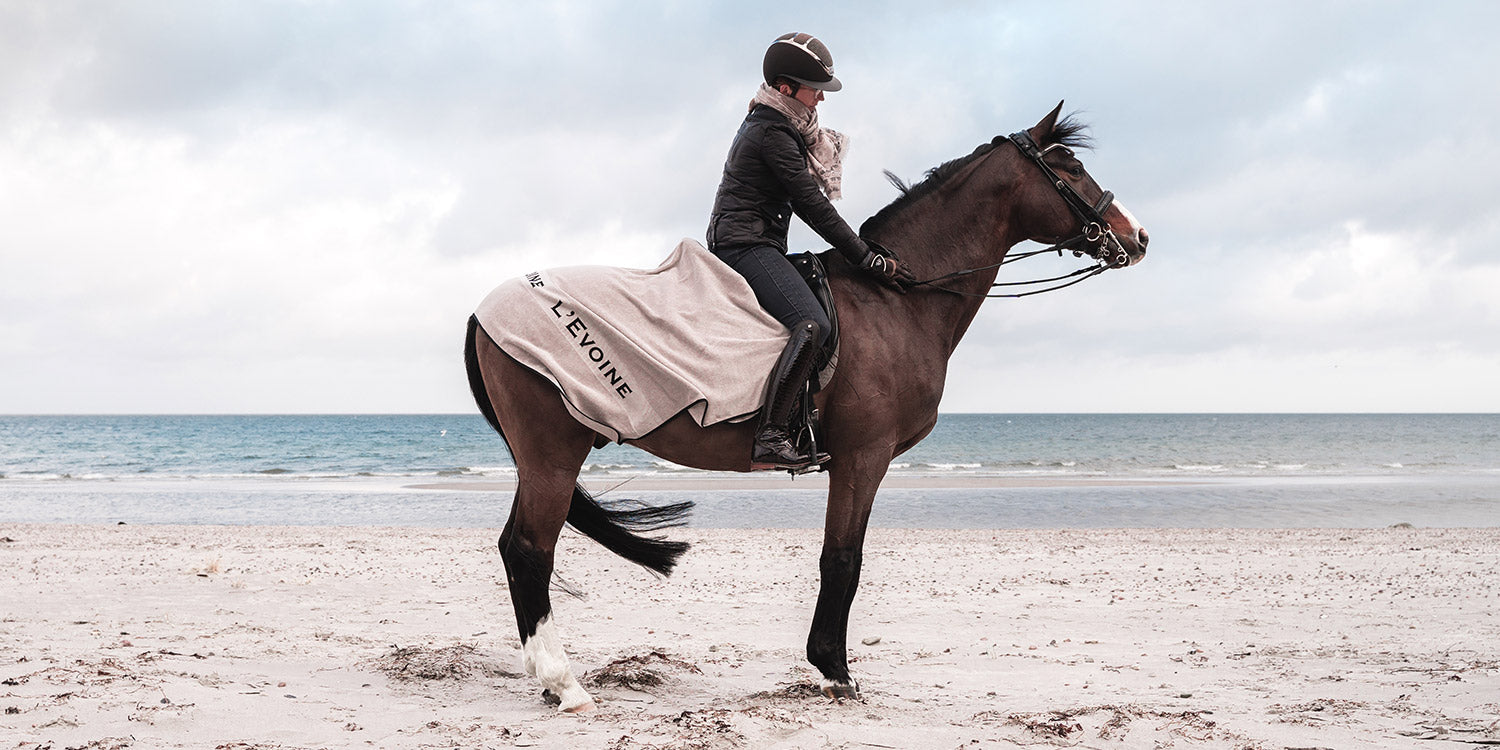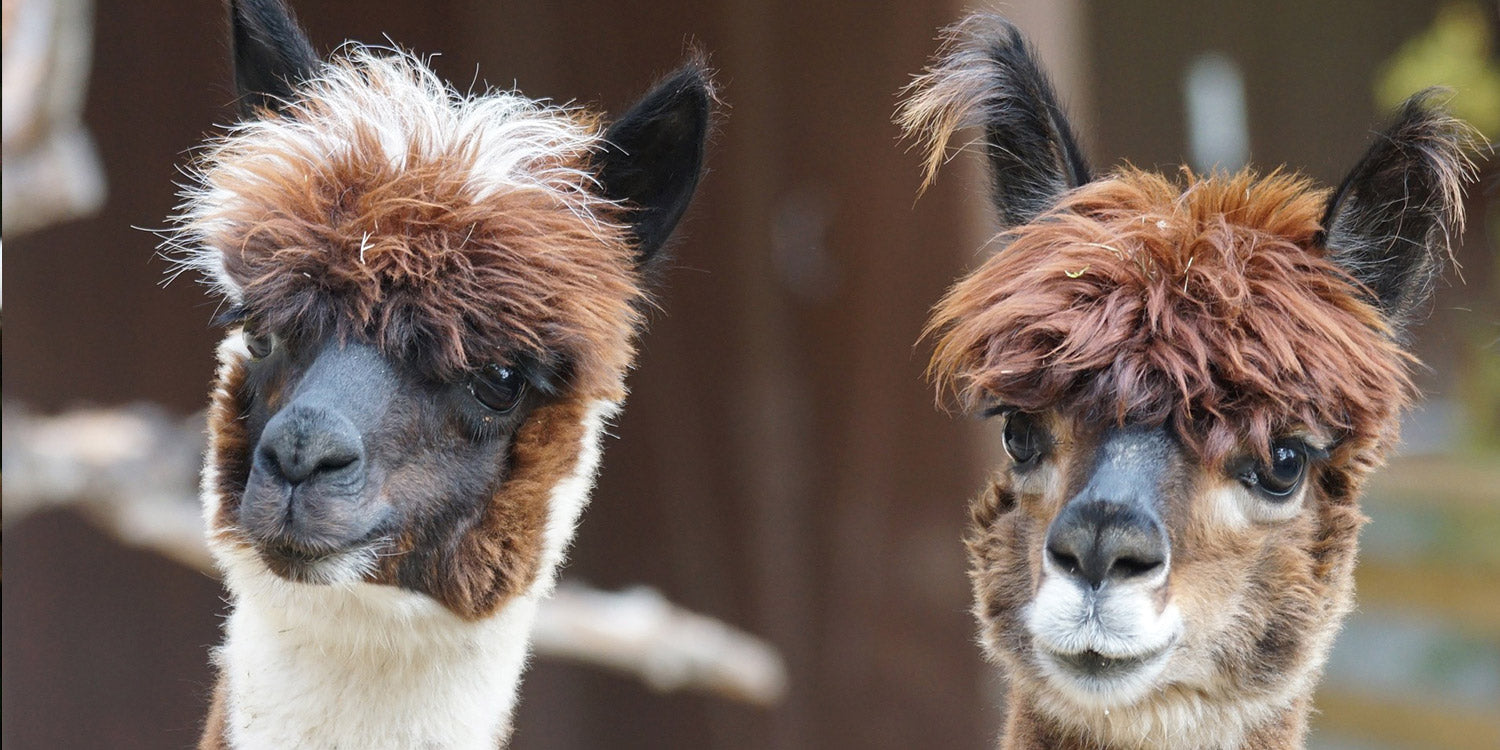
Natural warmth and comfort: the advantages and disadvantages of lambskin under the saddle
The topic of lambskin under the saddle has attracted a lot of attention in the equestrian world in recent years. There are many opinions as to whether this soft and fluffy pad is actually useful. In this blog post, we will take a closer look at the advantages and disadvantages of a lambskin pad or a lambskin saddle pad under the saddle.
When is lambskin useful under the saddle?
Lambskin under the saddle can be useful in various situations:
-
For the horse's comfort: The lambskin pad provides natural padding and can help minimize pressure points and friction, increasing the horse's well-being.
-
For horses with sensitive skin: Some horses have particularly sensitive skin and react sensitively to the saddle. In such cases, lambskin can help prevent skin irritation.
-
For longer riding sessions: During longer rides or training sessions, a lambskin pad can help reduce the strain on the horse and protect its back by distributing the pressure.
Why a lambskin saddle pad?
A lambskin saddle pad is a popular choice as it can be placed directly under the saddle, providing soft padding between the saddle and the horse's back. This allows for more even pressure distribution and can help prevent friction and chafing, as well as absorbing sweat.
Why should you put lambskin directly on the horse's back?
The advantage of placing lambskin directly on the horse's back is that it improves the contact between the saddle and the horse's back. This can help to distribute pressure more evenly and increase the horse's comfort. Lambskin can also absorb moisture and thus help to keep the horse's back dry. These properties are not present if the lambskin pad is placed on a saddle pad and does not have direct contact with the horse's coat.
The negative aspects of lambskin:
-
Animal ethics: One of the biggest problems with the use of lambskin is the origin of the material. Lambskin is made from the skin of sheep, which are often bred and slaughtered specifically for their skin. This gives rise to ethical concerns regarding animal welfare and sustainability.
-
Lanolin: Lambskin naturally contains lanolin, a substance to which some horses may be allergic. This can cause skin irritations such as inflamed sebaceous glands in sensitive horses such as foxes or greys and is an important factor to consider when using lambskin products.
-
Saddle fit: If the horse already has a saddle that is perfectly fitted, adding lambskin pads may make the saddle too tight, especially in the front area at the withers. This can restrict the horse's freedom of movement and cause unwanted pressure.
-
Distance from the horse: Lambskin pads position the rider significantly higher above the horse's back, which leads to a greater distance between rider and horse. This can affect the fine communication between rider and horse through sensitive weight aids. The rider has the feeling of 'floating' above the horse.
- Breathability : The lambskin is inevitably always processed in conjunction with the leather skin. The horse therefore breathes (sweats) through a saddle pad, through the dense lambskin and through the leather skin - many layers when it comes to smooth temperature regulation and preventing heat build-up and excessive moisture.
With a large selection of alpaca fleece saddle pads and saddle pads, L'Evoine offers a skin-friendly alternative to the conventional lambskin pad and lambskin saddle cloth.


